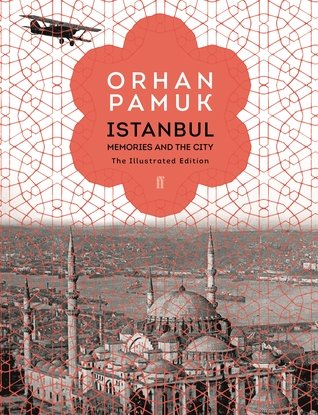

Pamuk’s subsequent work reflects the idea of the novelist as archivist and curator, perhaps best exemplified in the Museum of Innocence project that began with a novel in 2009, then an actual brick-and-mortar museum that opened in Istanbul in 2012, as well as a museum catalog and later a documentary film in 2015.

At the age of fifty-four, in 2006, he was awarded the Nobel Prize in Literature. In 2005 he was put on trial in Turkey for “insulting Turkishness” for comments he made in a Swiss interview about the Armenian genocide and Kurdish massacres in the late Ottoman and Turkish republican eras, respectively. A public intellectual, he at times struggled with being a secular liberal author writing in a nationalistic Sunni Muslim majority country. Pamuk writes with a strong tone of loss and lament, which he describes as a form of collective melancholy that he identifies as hüzün. With the publication of My Name is Red (1998 Turkish 2001 English), a historical mystery about Islamic book arts, and Snow (2002 Turkish 2004 English), a novel of coups and conspiracies with contemporary relevance, he became an author of global stature. Mixing and melding multiple genres from the historical novel to romance and the detective story to the political novel and autobiography, common tropes in Pamuk’s work include the double, identity, coups, obsessive love, Sufism/Islam, conspiracy, and murder mystery.


His fourth novel The Black Book (1990 Turkish 1994 English), is an urban palimpsest of 1970s Istanbul that holds cult status in Turkey. Pamuk’s first three novels recapitulate techniques of literary form from realism to modernism and to postmodernism. Pamuk is a faithful practitioner of what is termed the “East-West novel” genre in Turkish literature, which addresses fraught encounters of modernity between Ottoman or Turkish Muslim and European cultures. He published his first novel, Cevdet Bey and Sons (1982 Turkish 2023 English), a three-generation saga ranging from the Ottoman Empire to the Turkish Republic, when he was thirty. Pamuk devoted himself to painting until the age of twenty-two before he decided to become a novelist. After graduating high school (the American Robert College, Istanbul), he studied architecture before receiving a degree in journalism from Istanbul University. Most of his work is set in Istanbul, Turkey, the former capital of the Ottoman Empire, and the city of his birth (1952). Orhan Pamuk, one of the foremost practitioners of the global novel today, writes with a focus on Turkish culture, history, and politics while engaging techniques of world literature.


 0 kommentar(er)
0 kommentar(er)
